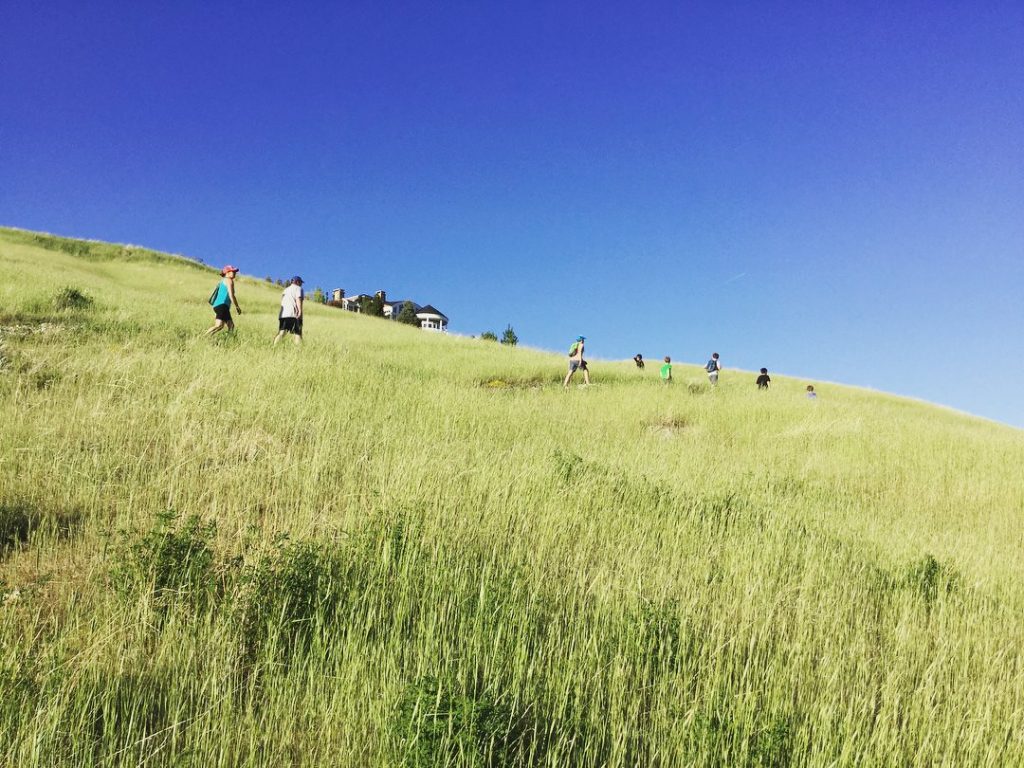
Rehabilitating Grasses in the Foothills
Foothills Ecology: Rehabilitation After Disturbance
The Rocky Mountain Power (RMP) Wildfire Mitigation Project brought safer power poles to the Foothills, helping protect Salt Lake City and its Foothills from the threat of wildfire. These upgrades also brought heavy construction equipment to the Foothills, leaving a number of heavily disturbed areas. Fortunately, the RMP Wildfire Mitigation Project isn’t complete – it includes rehabilitating those disturbed areas and monitoring the success of the rehabilitation for two to three years.
Restoration vs. Rehabilitation
Restoration and rehabilitation are standard terms in the field of ecology.
Restoration refers to attempts to return vegetation to its original state, while rehabilitation acknowledges that vegetation will be permanently altered, but seeks to return a disturbed area to a self-sustaining native plant community that is as close to the original as possible.
The goal of this phase of the project is to rehabilitate the areas disturbed by the Wildfire Mitigation Project, bringing native plants back to disturbed areas, and hopefully improving the ecosystem beyond its state at the start of the project.
Types of Seeds and the Seeding Process
Rocky Mountain Power contracted a local company specializing in native plant reclamation for the project and our Trails & Natural Lands team provided consult. They used broadcast seeding, a process of scattering seeds (in this case by machine) across a large area, to spread seeds on disturbed areas thoroughly prepared before seeding.
“I am very happy with the soil prepwork and the amount of seeds we were able to get into the ground right before a series of spring storms. I think we did the best we could to minimize some variables and make this project a success. Since moving to Salt Lake five years ago, and being a trail runner and mountain biker, I have gotten to know the exact areas which we seeded and want nothing more than to see them fully recover as quickly as possible.” Darrell Roundy, Summit Seeding
A blend of seven native grass seeds was used including Rubber Rabbitbrush, a plant already thriving in the Foothills. The grass types were chosen for their ability to establish in the arid, saline soils of the area and for their ability to withstand drought and a wide range of temperatures.
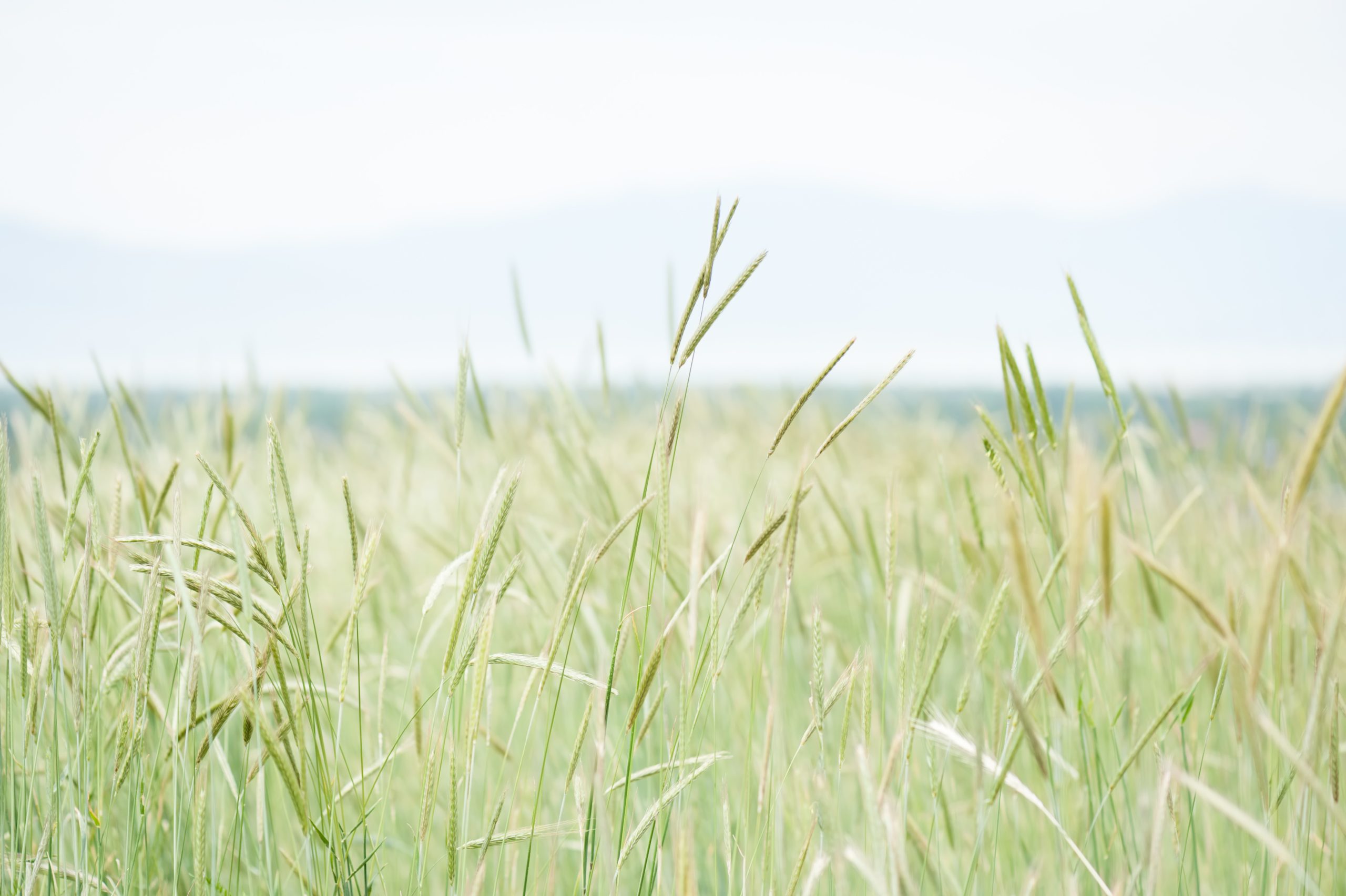
WHEATGRASSES
Slender Wheatgrass, Western Wheatgrass, and Bearded Bluebunch Wheatgrass
Wheatgrasses are recommended in reclamation seed mixes due to their ability to establish early and quickly. These three particular wheatgrasses are able to withstand droughts, tolerate salty and alkaline soil found in the Foothills, and have extensive root systems, which helps with erosion control.

BLUEGRASSES
Sandberg Bluegrass, Big Bluegrass
Sandberg bluegrass is native to the intermountain west and grows well in mid-elevation meadows with well-drained soil where it is enjoyed by deer, antelope, and other mammals as forage. The dense, deep root systems of bluegrasses are good for erosion control and make them drought-tolerant.
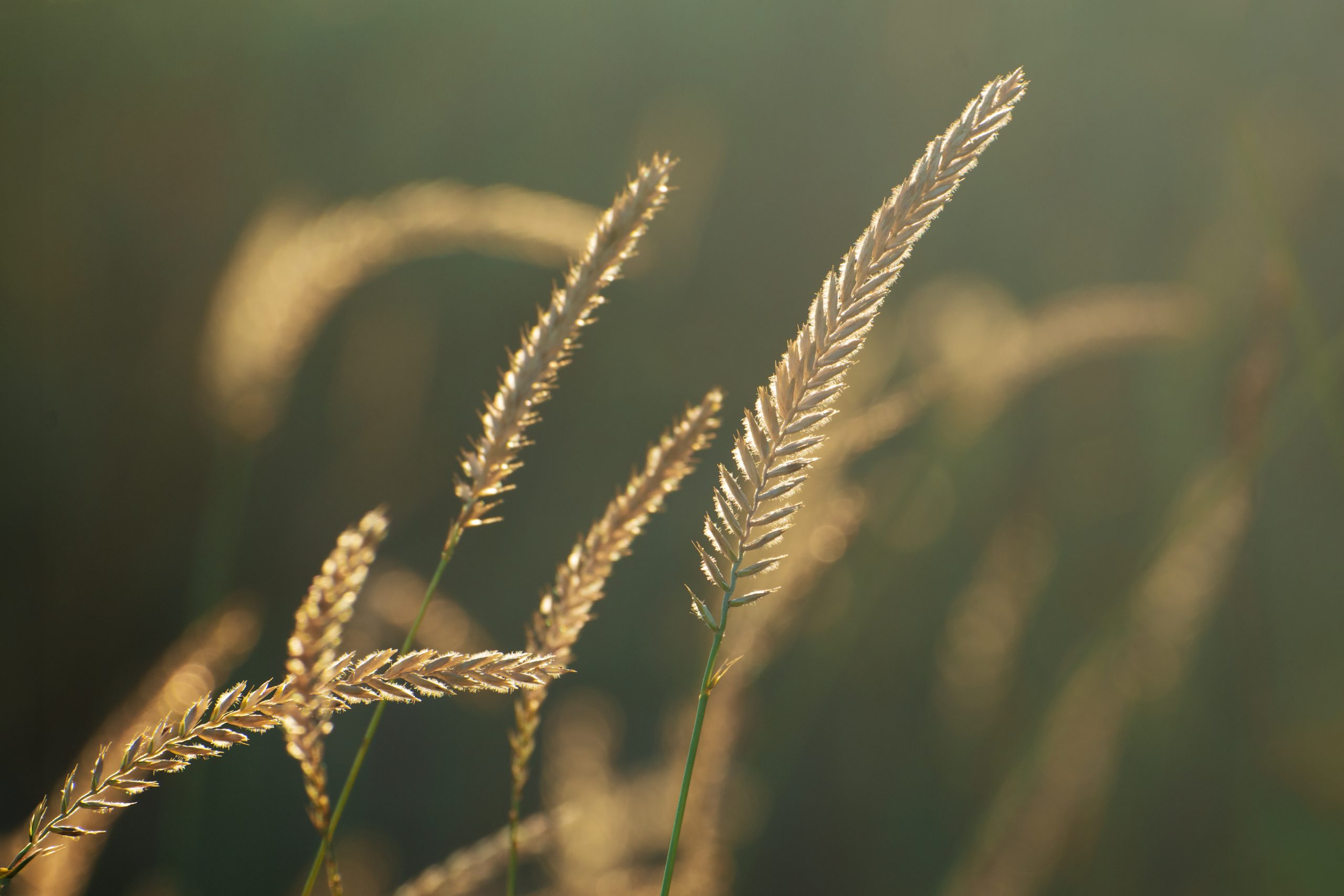
MOUNTAIN BROME
Mountain Brome germinates and establishes quickly, making it a good choice for disturbed sites. Mountain Brome is short-lived, but it has good root production. Its roots decompose slowly, providing erosion control even after the plant dies.
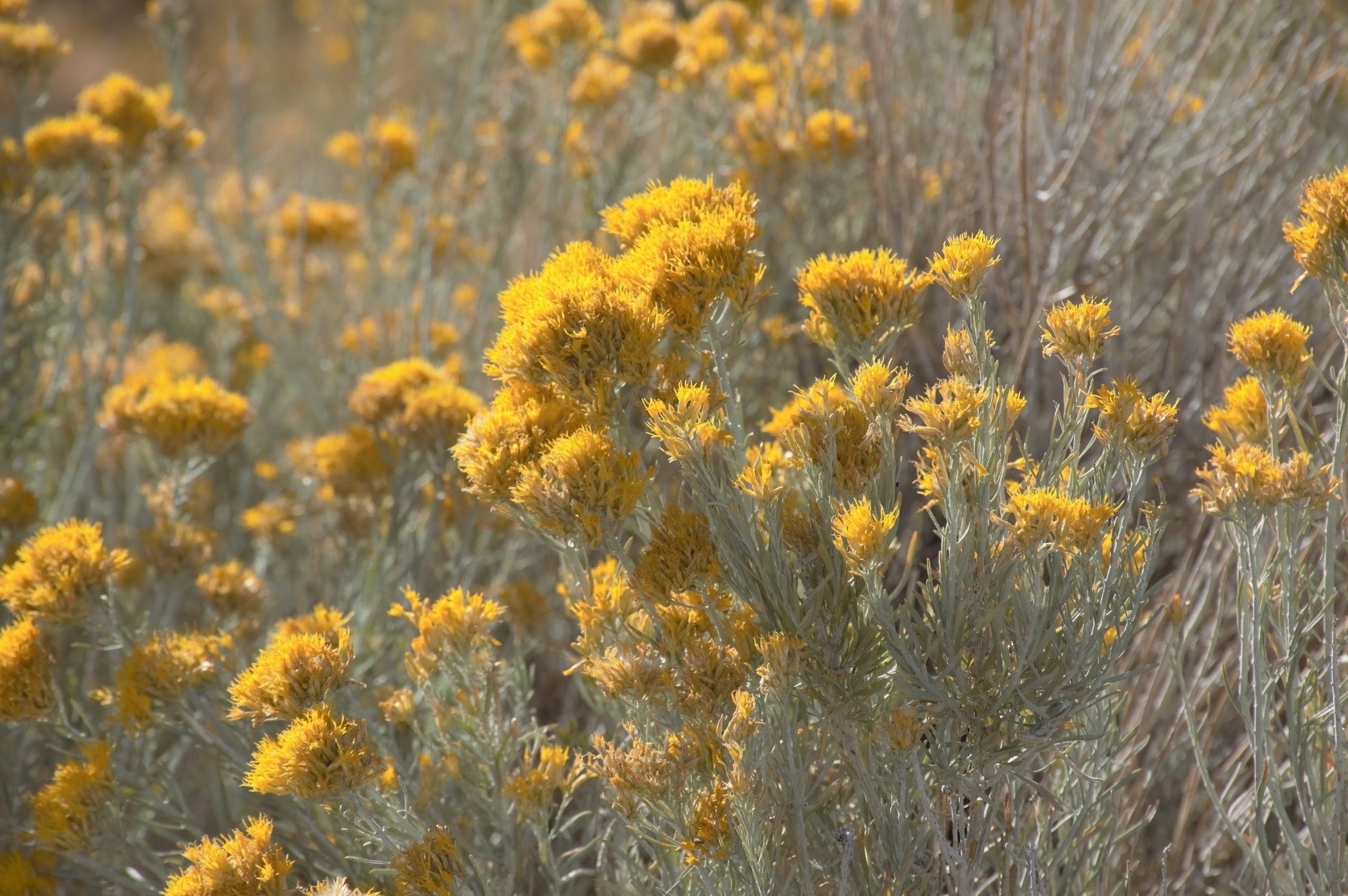
RUBBER RABBITBRUSH
Rubber rabbitbrush thrives in sunny, open areas and is tolerant of the salty, alkaline soils found in the Foothills. The species is useful in soil stabilization and the restoration of disturbed sites. The deep root system establishes quickly, making it ideal for stabilizing soil in disturbed areas.
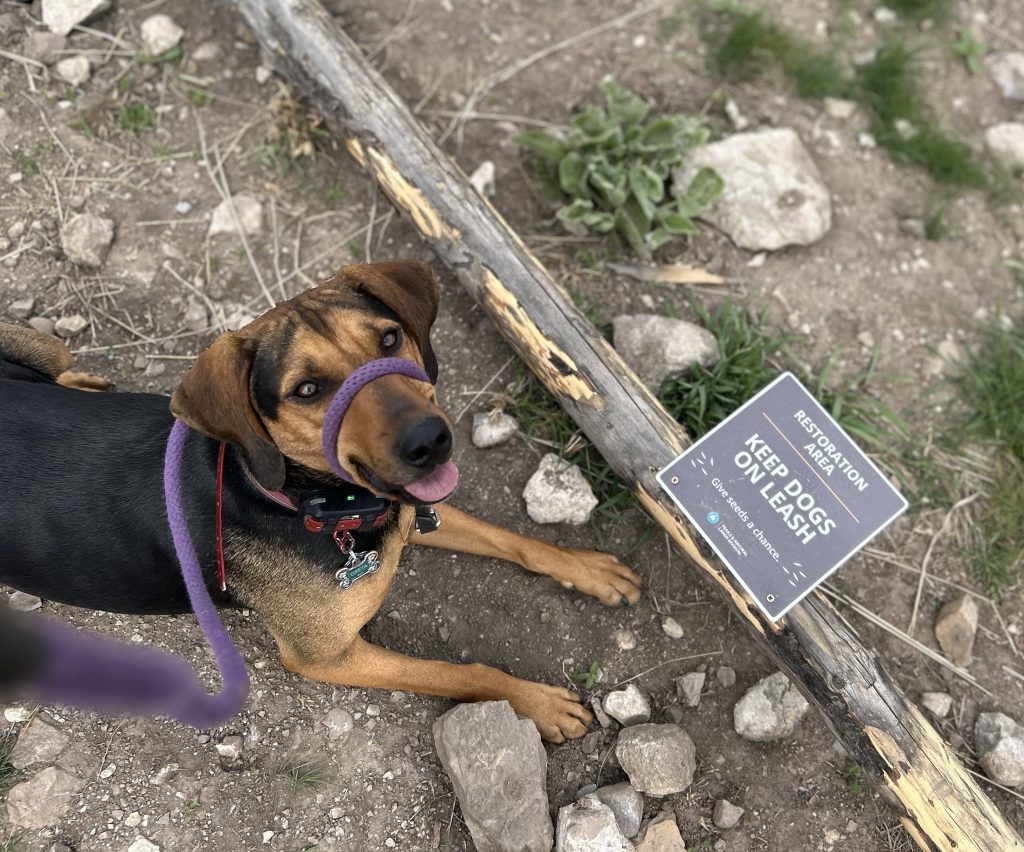
What Can People do to Help?
Trail users can help “give seeds a chance” by staying on designated trails and keeping dogs on leash in restoration areas.
Walking or biking on newly seeded soil or freshly sprouted grasses can terminate their growth and viability. Dogs’ pawprints can do the same thing. Our teams have set up fencing and signage to help direct trail traffic on the appropriate surfaces.
When Will We Know if the Reseeding is Successful?
Reseeding disturbed natural areas can take a long time. A realistic timeline for this type of reseeding work is two to three years. Progress will be monitored by a contracted company to ensure success.
Be W.I.L.D in the Foothills
Learn more about how to recreate responsibly in the Foothills.
- Welcome
The Foothills Trail System’s vision is to provide a variety of recreational and cultural experiences for diverse ages and abilities while managing the Foothills’ environmental resources for future generations. Public Lands welcomes anyone to come visit the Foothills to appreciate the blooms this season. - Inclusive Spaces
While “Inclusive Spaces” usually refers to being inclusive of other trail users, please keep in mind that we want to be inclusive of our native flora and fauna as well! Please keep your boots, wheels, and dogs on designated trails to allow our wildflowers to thrive. Learn trail use guidelines and support our inclusive trails and natural lands community. - Limit Your Impact
The Foothills are home to a multitude of animals, native wildflowers, and plants that make this area special and unique. Taking only photos, keeping dogs on-leash, and staying on designated trails while viewing wildflowers all help limit your impact on the delicate environment surrounding Foothills trails. - Do What You Can
Are you interested in giving back to the Foothills? Do you want to contribute to building a better Foothills community? Visit our stewardship page for information on how to get involved.
Follow @SLCPublicLands on social to stay up to date on Foothills events, news, and more.
